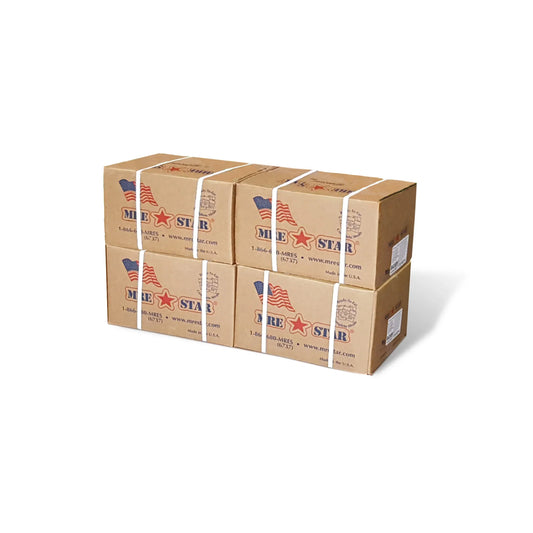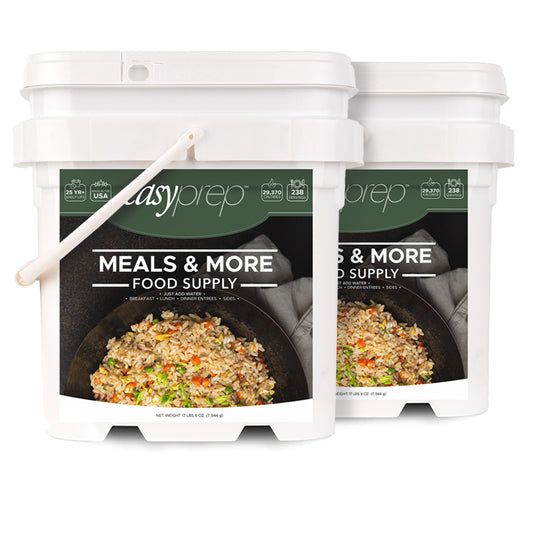How to Identify Venomous Snakes
A huge part of learning how to become more self-reliant is knowing how to protect yourself against dangerous creatures in the wild. For instance, wild snakes. A question we’ve been asked by one of our customers is, do you know how to identify what snakes are poisonous and those that are not life threatening? Rest assured, it’s easier than you’d think. According to the Center of Disease Control and Prevention (CDC), 7,000 - 8,000 people are bitten by venomous snakes and unfortunatley 5 results in death. This number would be higher if people did not seek medical care 1. It doesn’t matter if you’re working, camping or just outside, being able to identify snakes will hopefully save you from an unwanted hospital visit.
Common Venomous Snakes in the United States
|
Rattle Snakes
|
 |
|
Copper Heads
|
 |
|
Cottonmouths/Water Moccasins
|
 |
|
Coral Snakes
|
 |
What to Do If You're Bitten By a Venomous Snake
- Seek medical attention as soon as possible
- Keep still and stay calm
- Try to remember the color and shape since this will help with the treatment of the snake bite
- Apply first aid if you cannot get to the hospital right away (lay down with the bite below the level of the heart, wash the bite with soap and water and cover it with a clean dressing)
DO NOT
- Do no wait for symptoms to appear, always seek medical attention
- Do not pick up the snake or try to trap it
- Do not apply a tourniquet
- Do not suck out the venom of the snake
- Do not apply ice or put in water
- Do not drink alcohol or caffeinated beverages
Signs or Symptoms of a Venomous Snake Bite
- Redness or swelling around puncture marks
- Impairment of vision
- Nausea or vomiting
- Increased sweating and/or salivation
- Numbness or tingling
We recommend that you always have a first aid kit on you when exploring the outdoors. If venomous snakes are common in your area, it would be a wise idea to invest in a snake bite kit or venom extractor.
What do you have in your emergency kit to help with snake bites?











